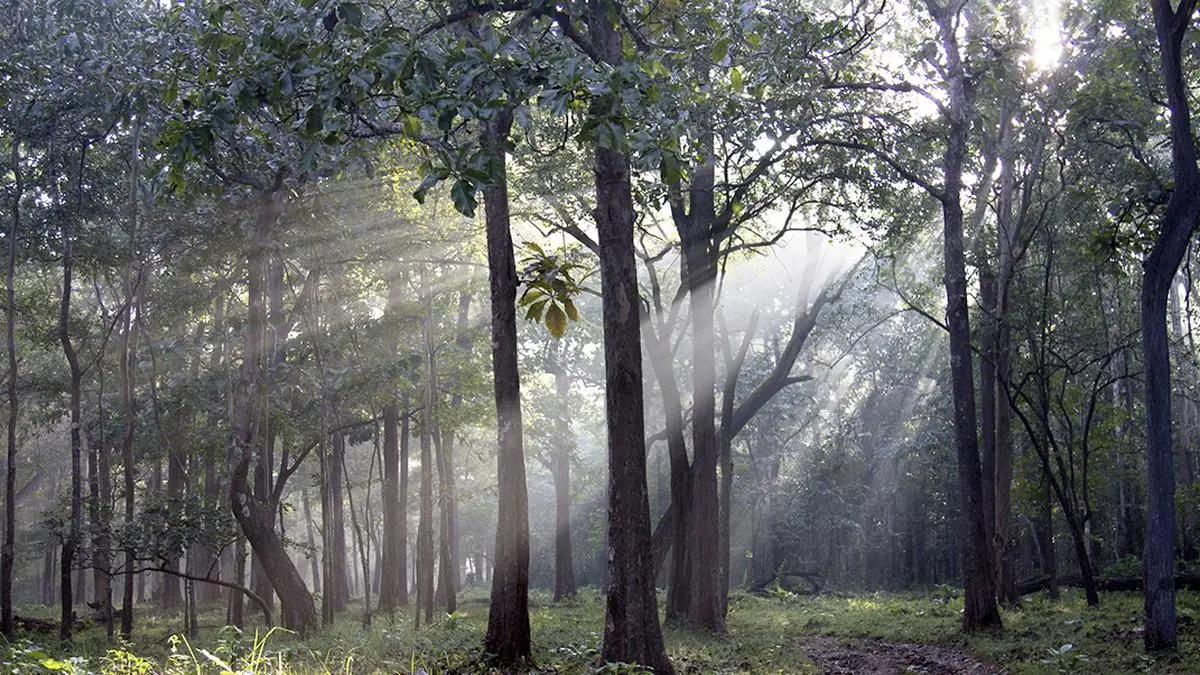Conservation must move beyond tick-boxes and return to being part of our daily lives.
India is living through a climate breakdown. Record-shattering heatwaves, erratic monsoons, parched tech hubs, and floods in our heartlands are no longer warnings from a distant future, they are here. Step outside any city and you see the remnants of a nation once entwined with nature. Forests once sacred have been stripped bare. Village ponds that held ritual significance now lie choked or vanished. People who once lived in balance with nature have watched that balance collapse. And amid this crisis lies one unshakeable truth: if India is to build climate resilience, it is we, the people, who must lead the way.
The idea of communities managing their shared resources is not new to India. Civil society organisations have demonstrated models that governments later adopted — from participatory irrigation to groundwater management. But policies alone are not enough. The real test lies in implementation: conservation must be led by those who live on and with the land.
Choked by neglect
Take the sacred groves, or Devrais, of Maharashtra’s Western Ghats. Once vibrant centres of biodiversity and culture, many were choked by neglect and invasive species. That changed when the Applied Environmental Research Foundation (AERF) helped local communities take charge. Nearly 4,000 native saplings were planted and villagers were trained to manage the groves.
Today these forests thrive, protected by the very people who depend on them. “Since these lands are often associated with deities and hold cultural significance, it is paramount to involve the community,” says Archana Godbole, AERF’s founder. In Veravali, this involvement goes further, communities now earn income through a FairWild-certified Bibhitaki supply chain. This approach has safeguarded over 13,000 acres of threatened private forests and empowered more than 25,000 forest-dependent people.
A thousand kilometres away, in the parched plains of Rajasthan, lies another proof point. In Vimalpura village, a forgotten silted pond became a rallying cry in July 2023. Led by Sarpanch Shanti Devi Sharma, residents funded half the restoration themselves, carted away silt, and worked alongside NGOs. For under ₹3 lakhs, they added storage for one crore litres of water. When the monsoons arrived, groundwater surged back and farming revived. Even in May 2025’s peak heat, the pond held 10–15 feet of water. The community now maintains it, plants trees around it, and uses it as a shared space, proof that with ownership, conservation becomes culture.
Winning formula
Since 2021, over 1,100 waterbodies have been revived across Rajasthan through donor-NGO partnerships, impacting 1.7 million people. Silt from ponds has turned barren land fertile or been repurposed for village development. These aren’t just statistics; they are lifelines created by communities.
What unites these stories is not just money or policy, but a winning formula: local leadership, flexible funding, and long-term ownership. Conservation must move beyond tick-boxes and return to being part of our daily lives. Governments can lay out schemes, but without people at the centre, the gains will not last. This World Conservation Day, we must ask: what would it take to put communities in the driver’s seat? The answer lies in three steps:
1. Recognise and respect local knowledge.
2. Back it with enabling institutions and financial support.
3. Hold long-term accountability through participatory governance.
Natural resource management cannot remain a series of short-lived projects. Habits of care must outlive individual grants and programmes. Every village, every grove, every waterbody must be stewarded by those who live beside it.
India’s environment will not be saved for us. It will be saved by us.
With inputs from Moumita Mukherjee and Deeksha Trehan.
All authors from A T E Chandra Foundation
Published on July 27, 2025
